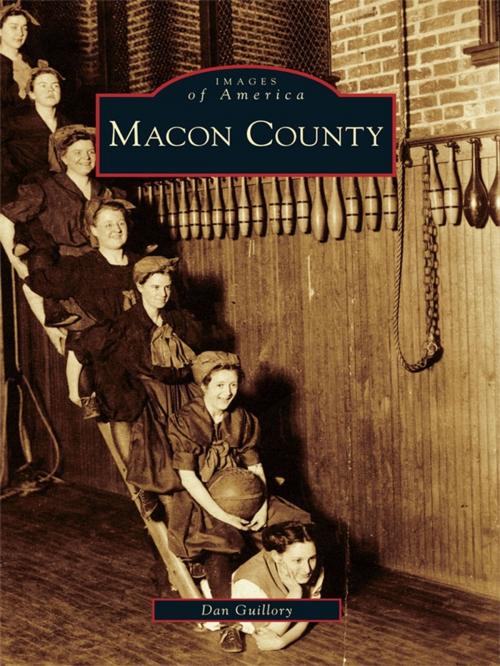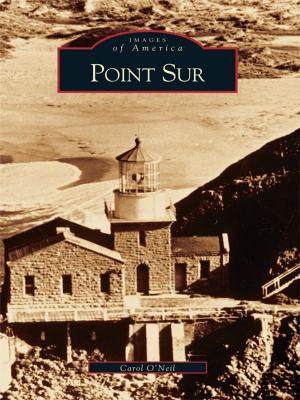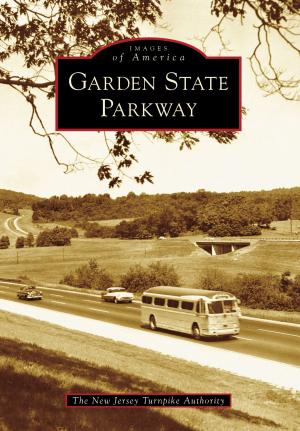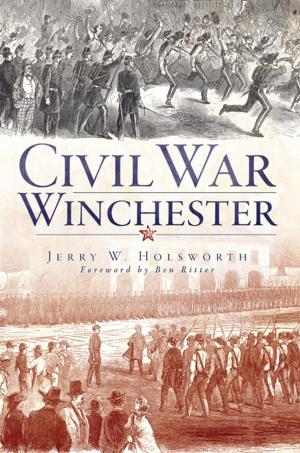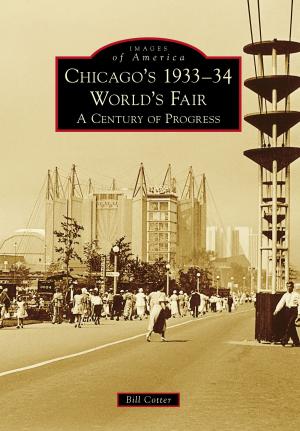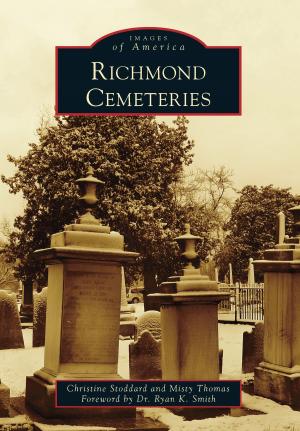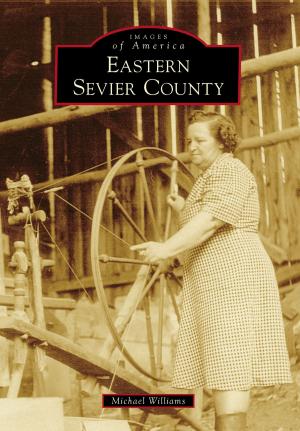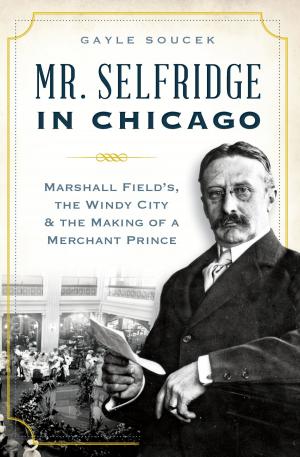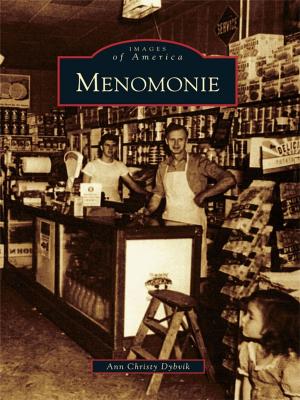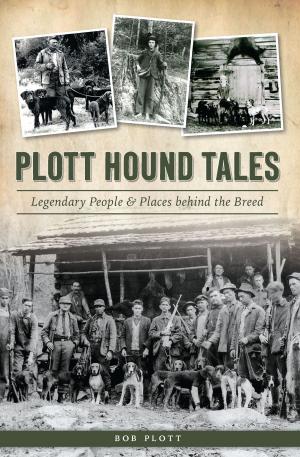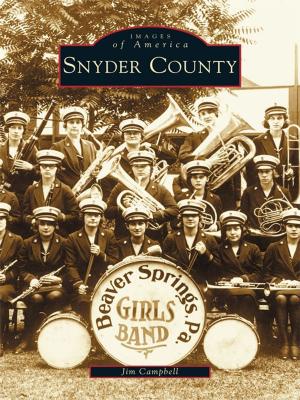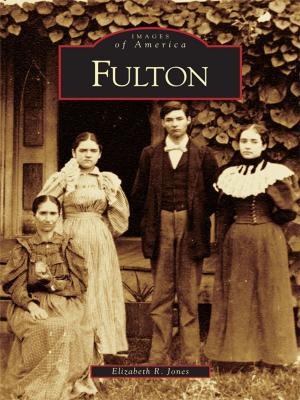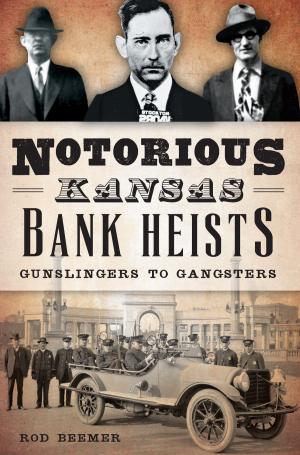| Author: | Dan Guillory | ISBN: | 9781439633243 |
| Publisher: | Arcadia Publishing Inc. | Publication: | January 24, 2007 |
| Imprint: | Arcadia Publishing | Language: | English |
| Author: | Dan Guillory |
| ISBN: | 9781439633243 |
| Publisher: | Arcadia Publishing Inc. |
| Publication: | January 24, 2007 |
| Imprint: | Arcadia Publishing |
| Language: | English |
Macon County occupies nearly 600 square miles of fertile farmland in the geographic center of Illinois. Abraham Lincoln made his first Illinois home here, on a pleasant bluff overlooking the Sangamon River, near presentday Harristown. On May 10, 1860, he was first nominated for the presidency in Decatur, the county seat. During the World War I era, Macon County boasted over a dozen hamlets and villages, including Warrensburg and Maroa, which both enjoyed opera houses and busy train stations. Maroa was home to John Crocker, who became a famous banker, while nearby Forsyth produced Black Bart, the infamous bank robber. After World War II, Decatur became known as the �soybean capital of the world.� And today, agricultural and industrial workers depend on one another, growing and processing the corn and soybeans that have made Macon County a self-sustaining economic engine.
Macon County occupies nearly 600 square miles of fertile farmland in the geographic center of Illinois. Abraham Lincoln made his first Illinois home here, on a pleasant bluff overlooking the Sangamon River, near presentday Harristown. On May 10, 1860, he was first nominated for the presidency in Decatur, the county seat. During the World War I era, Macon County boasted over a dozen hamlets and villages, including Warrensburg and Maroa, which both enjoyed opera houses and busy train stations. Maroa was home to John Crocker, who became a famous banker, while nearby Forsyth produced Black Bart, the infamous bank robber. After World War II, Decatur became known as the �soybean capital of the world.� And today, agricultural and industrial workers depend on one another, growing and processing the corn and soybeans that have made Macon County a self-sustaining economic engine.
